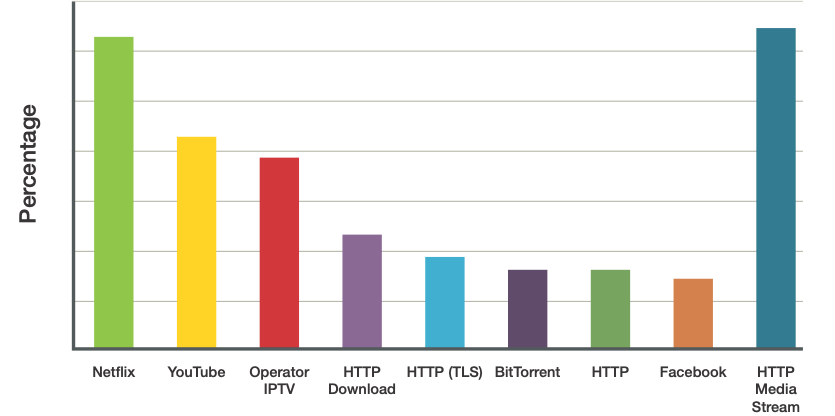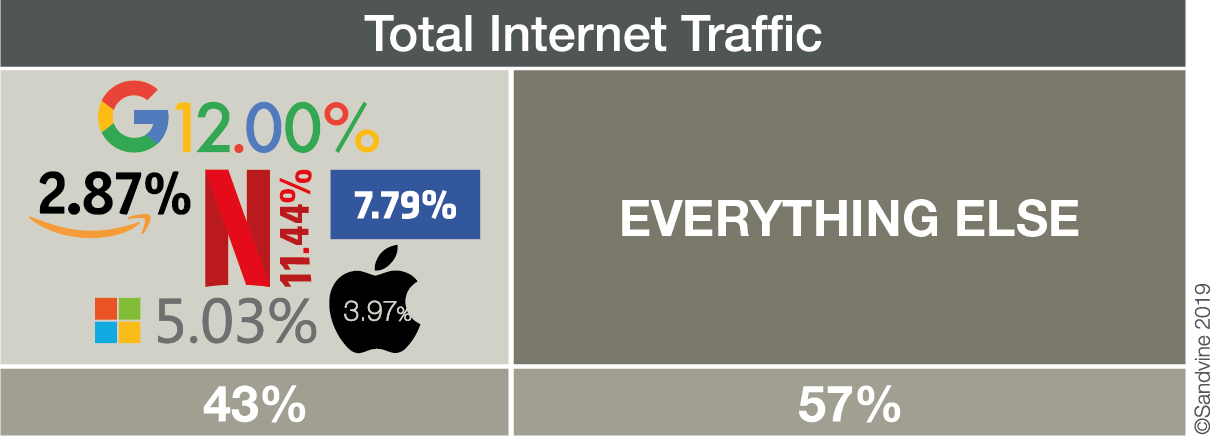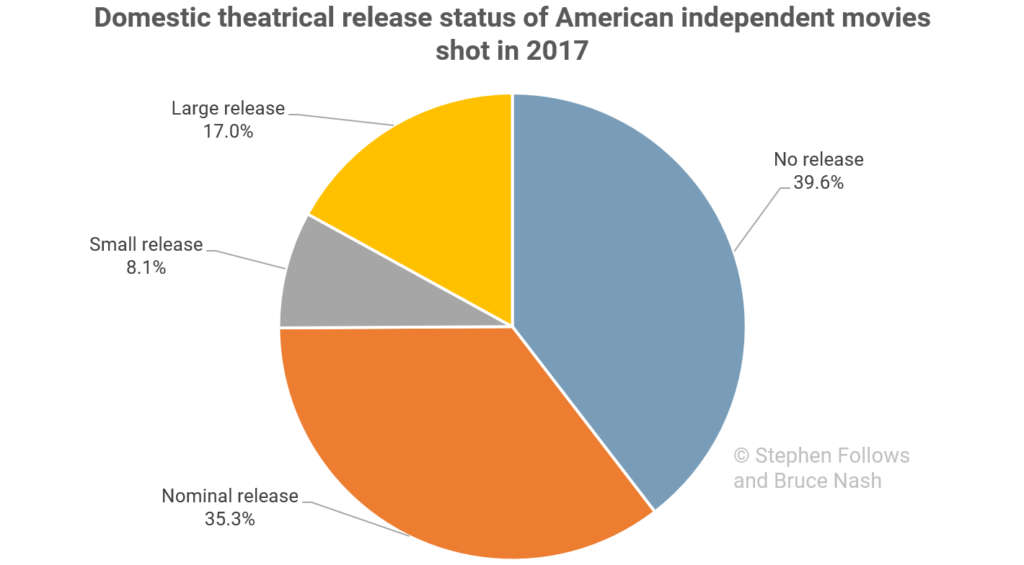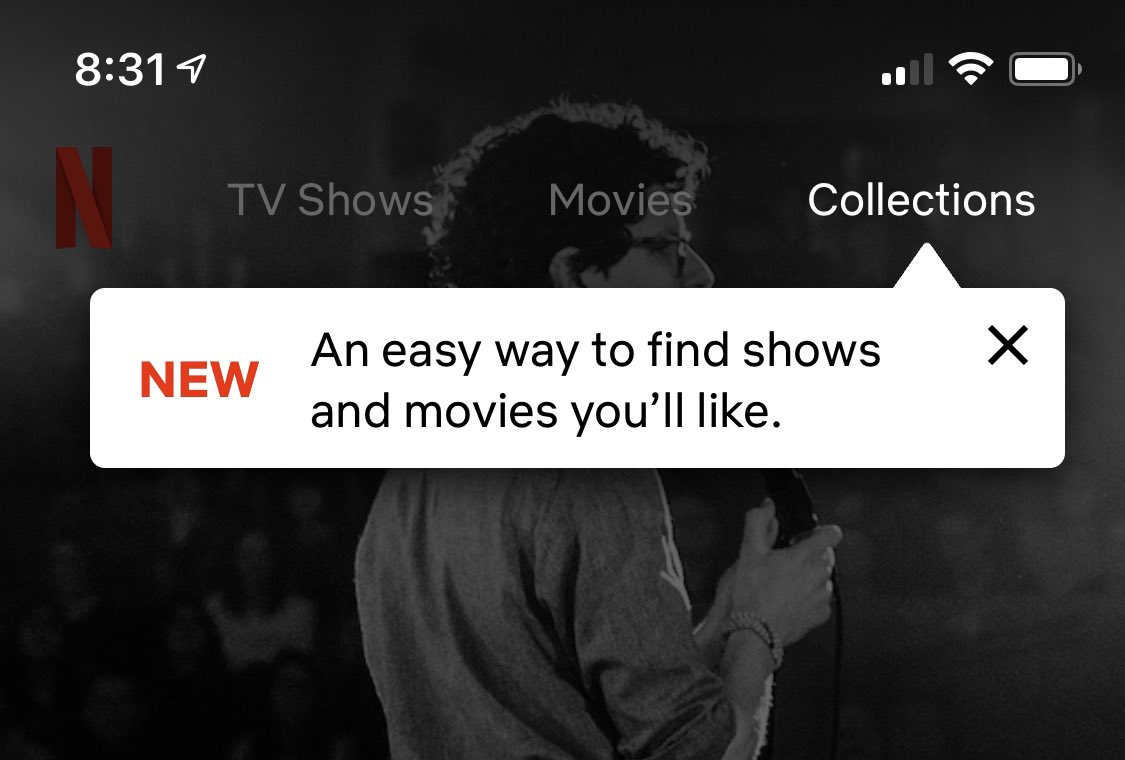With Halloween fresh in mind, I thought it would be appropriate to look back at the CMF Trends‘s excellent post Ravenous: Marketing a Horror Movie in the Social Media Era.
Using Ravenous as a case study, we learn the team started with a social media marketing campaign to “develop a community of Quebec horror film fans to generate a significant number of ‘Likes’ as well as followers, tags, shares and retweets on social networks.” They did this by:
- A micro-site to collect subscriptions to their newsletter
- A contest for 100 zombie extras
- Four video demos
Next they watched the reactions of their subscribers and followers to various news items such as casting and distribution announcements.
This helped them understand their best platforms and main influencers.
The article then moves on the review sites. In their case, IMDb and Letterboxd proved to be their most popular.
The article closes with these four recommendations:
- Use more visual and video elements (such as gifs, memes, etc.) to feed the social network accounts more systematically and in other than informational contexts (humoristic, based on the news and calendar, etc.)
- Develop more promotional content such as the exhibit of storyboards… and format it in such a way as to be able to monetize it with ultra-fans.
- Distribute on a larger scale all of the official visual elements and those designed by fan communities throughout the world in accordance with a deployment schedule developed with everyone involved in the film (distributors, sales agents, festivals, influencers) to the greatest extent possible.
- Analyze, target and reassess main influencer types and functions at each stage of the film’s operational cycle (festival, local premiere, theatre release, VOD distribution).
My take: fascinating reading! I think almost all of this can be applied to any indie film. Glad I now know about Letterboxd!









